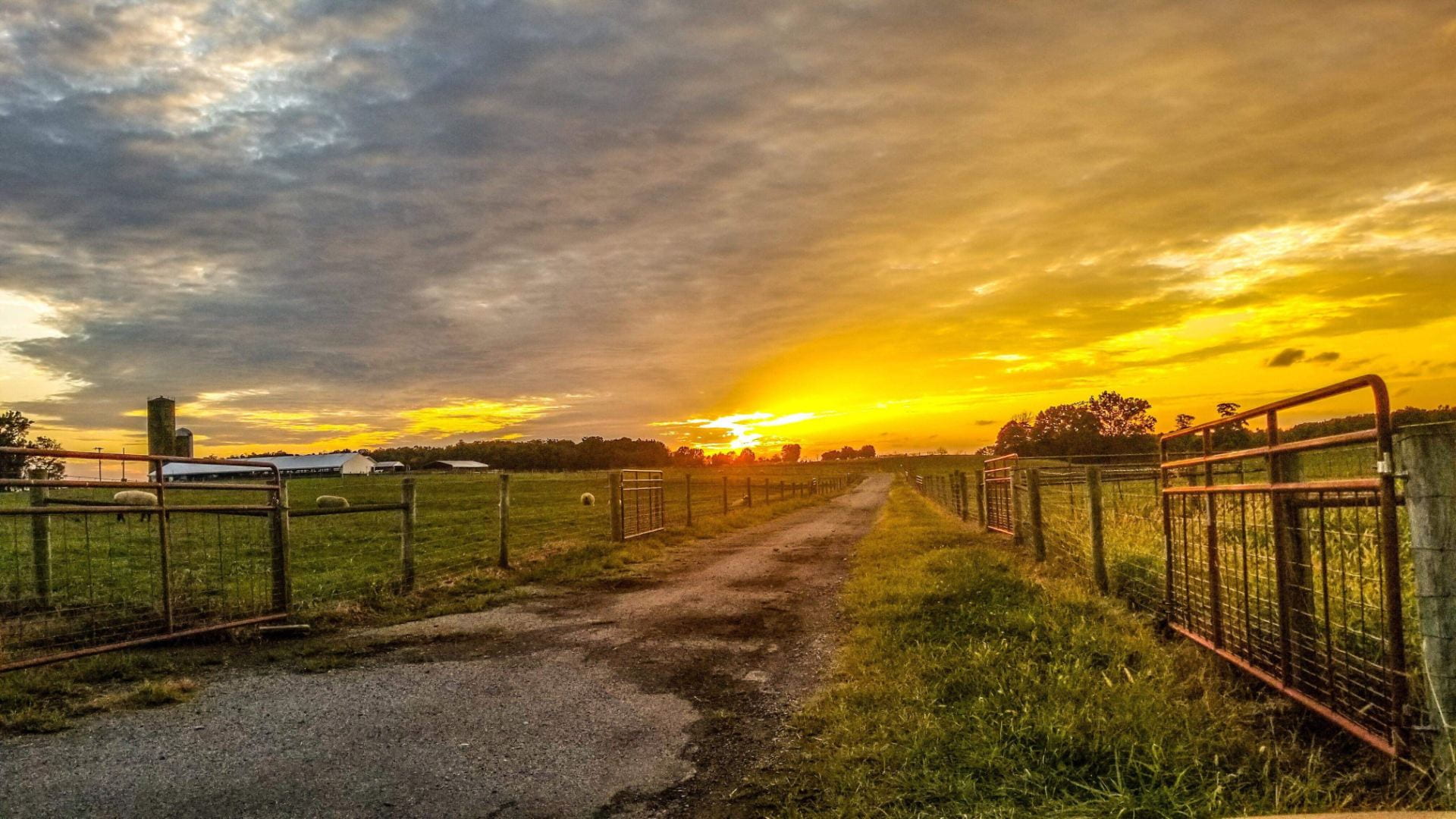Jason Hartschuh, Dairy Management and Precision Livestock, Field Specialist

(Image Source: Shearwell NZ)
Ohio is home to about 145,000 sheep on 4,133 farms, according to the 2022 census of agriculture, making it the 11th largest sheep production state in the country. These sheep are raised in both extensive and intensive systems, but precision livestock technologies are having a worldwide impact on both production systems. Precision livestock farming (PLF) is the use of real-time monitoring technologies to manage the flock at the animal level. This includes using monitoring equipment, data, user interface software, and artificial intelligence to guide decision-making. While other species have more developed precision livestock technologies, many different technologies are under development.
The most widely utilized technology is Electronic Identification (EID) Tags. These tags can pair with many other management tools to help improve sheep management. The most common uses are to pair with scale systems that automatically record sheep weights when they are on a scale. Then that weight can automatically be added to many management apps. The use of the EID tag allows you to use a reader to know which sheep you are working with and easily record information, such as lambing date and number, lamb weaning weights, vaccinations, pen moves, illness, shearing date, wool quality, and breeding date or time exposed to the ram. Better record-keeping can improve farm profitability through improved breeding, nutrition, and calling decisions.
Precision livestock farming technologies are often classified as invasive or non-invasive wearables, environmental monitoring, and remote sensing technologies. While wearable sensors, like a triaxial potentiometer, can provide valuable information for sheep producers, they are often found to be cost-prohibitive compared to other species. These sensors can be used for activity monitoring, eating time, resting time, and rumination. This information can improve illness detection, knowing when a ram mounts a ewe, breeding timing for artificial insemination, knowledge of forage digestibility based on rumination time, and many other decisions. For grazing operations, pairing movement sensors with GPS can improve pasture management and animal welfare. Daily GPS data can determine pasture utilization and shade use.
One major challenge for sheep grazers is parasite management. While early PLF tools focused on rotation grazing decision making, plant species selection for parasite management, and deworming tools, artificial intelligence is bringing the veterinarian to the farmer’s pocket. Early tools like VETSCAN IMAGYST still required the preparation of slides and sophisticated imaging tools to identify parasites and diseases, but allowed producers to identify and count many parasites. As smartphone camera technology continues to improve, these tools will soon be able to utilize the smartphone camera for at least simple tasks like fecal egg counts, with more complex abilities in the future as cameras get even better. One exciting web-based app being developed by the University of Wisconsin and two Universities in Brazil, called SheepEye, will do Famacha© scoring using your phone camera. While many farmers have learned to do Famacha© scoring, this app can improve decision-making on who needs parasite management and record each score over time. Using machine learning, the app will use your phone’s camera to take an image of the ocular conjunctival mucosa and classify the animal as healthy or anemic.
A virtual fencing system is a valuable tool for both nutrition and parasite management. Battery life is still a significant challenge for these systems. In several studies, the sheep performed exceptionally well in response to only audio signals, with no need for an electrical shock, which decreased battery consumption. A significant challenge that needed to be overcome for these systems was that as the wool became thicker, the audio signal needed to be louder for the sheep to obey it, and the electrical shock strength also had to be increased. By continuously moving to fresh pasture, nutrition was improved, and the increased rest time decreased parasite levels.
Drones are being successfully used for sheep herding, predator management, and animal health checks. Pairs of drones use Artificial Intelligence in a concept known as sky shepherding to herd the sheep gently. Systems are being developed that utilize night vision and thermal infrared cameras to monitor flocks at night and raise alarms if intruders are present. Drones can quietly hover over a flock, keeping watch at night for intruders better than a human eye. The systems currently being developed send alerts of the intruder. As artificial intelligence becomes more advanced, they are working on systems that will also chase the intruder away. Advanced cameras and artificial intelligence can be mounted at water, in barns, and on Drones. One major challenge with drone-based artificial intelligence is the connectivity speed for the large amount of data they can collect.
The cost of cameras and artificial intelligence is more economical for monitoring sheep flocks than individual wearable sensors. These systems have proven to be able to identify individual sheep when mounted at a water source or on a drone. The identification systems can pick up changes in an animal, such as ear droop, head tilts, or changes in eye appearance, as a detection system for illness. These images can also detect weight changes that may signify illness through monitoring changes in abdominal circumference and heart girth. Thermal imaging of the eye can be used as another tool for illness detection. While eye temperature does not equal rectal temperature, there is a strong correlation between the two. With the ability to process multiple images from various remote sensing sources, these technologies have the potential to be just as effective as wearable sensors. Precision livestock farming technologies for sheep are improving animal welfare and farm profitability.
